This week’s issue of OBC features art work from Qing Xu and Xin-Shan Ye et al.
Qing Xu and colleagues from Wenzhou University have developed a green copper catalyzed N-alkylation method for various amides and amines with alcohols, employing aerobic oxidation of the alcohols to aldehydes for a more effective way of activating the alcohols. This advantageous method uses a ligand-free catalyst and its only byproduct is water!
Copper-catalyzed N-alkylation of amides and amines with alcohols employing the aerobic relay race methodology
Qiang Li, Songjian Fan, Qing Sun, Haiwen Tian, Xiaochun Yu and Qing Xu
Org. Biomol. Chem., DOI: 10.1039/C1OB06743E
 Xin-Shan Ye and co-workers at Peking University and University of Oxford have designed a concise route to a series of N-substituted ε-hexonolactams employing a tandem ring-expansion as the key step. These novel N-alkylated iminosugars are promising pharmacological chaperones for the treatment of N370S mutant Gaucher disease.
Xin-Shan Ye and co-workers at Peking University and University of Oxford have designed a concise route to a series of N-substituted ε-hexonolactams employing a tandem ring-expansion as the key step. These novel N-alkylated iminosugars are promising pharmacological chaperones for the treatment of N370S mutant Gaucher disease.
Synthesis of N-substituted ε-hexonolactams as pharmacological chaperones for the treatment of N370S mutant Gaucher disease
Guan-Nan Wang, Gabriele Twigg, Terry D. Butters, Siwei Zhang, Liangren Zhang, Li-He Zhang and Xin-Shan Ye
Org. Biomol. Chem., DOI: 10.1039/C2OB06987C
Both of these articles can be accessed for free for the next 6 weeks!
Other interesting articles in this issue are:
A perspective by Alfredo Ricci et al. about bioinspired organocatalytic asymmetric reactions
and 2 HOT articles which are free to access for the next 4 weeks:
Fluorimetric detection of Mg2+and DNA with 9-(alkoxyphenyl)benzo[b]quinolizinium derivatives
Maoqun Tian, Heiko Ihmels and Shite Ye
Org. Biomol. Chem., DOI: 10.1039/C2OB06948B
Substituted oxines inhibit endothelial cell proliferation and angiogenesis
Shridhar Bhat, Joong Sup Shim, Feiran Zhang, Curtis Robert Chong and Jun O. Liu
Org. Biomol. Chem., DOI: 10.1039/C2OB06978D
If you liked those why not view the rest of the issue HERE!











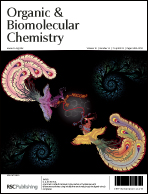
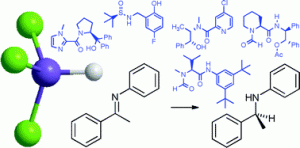

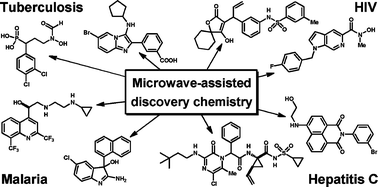
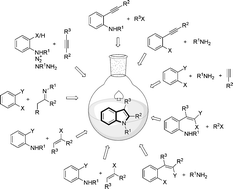

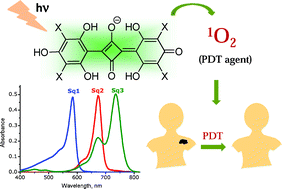
 Areas covered include:
Areas covered include:![GA[1]](https://blogs.rsc.org/ob/files/2011/12/GA11.gif)